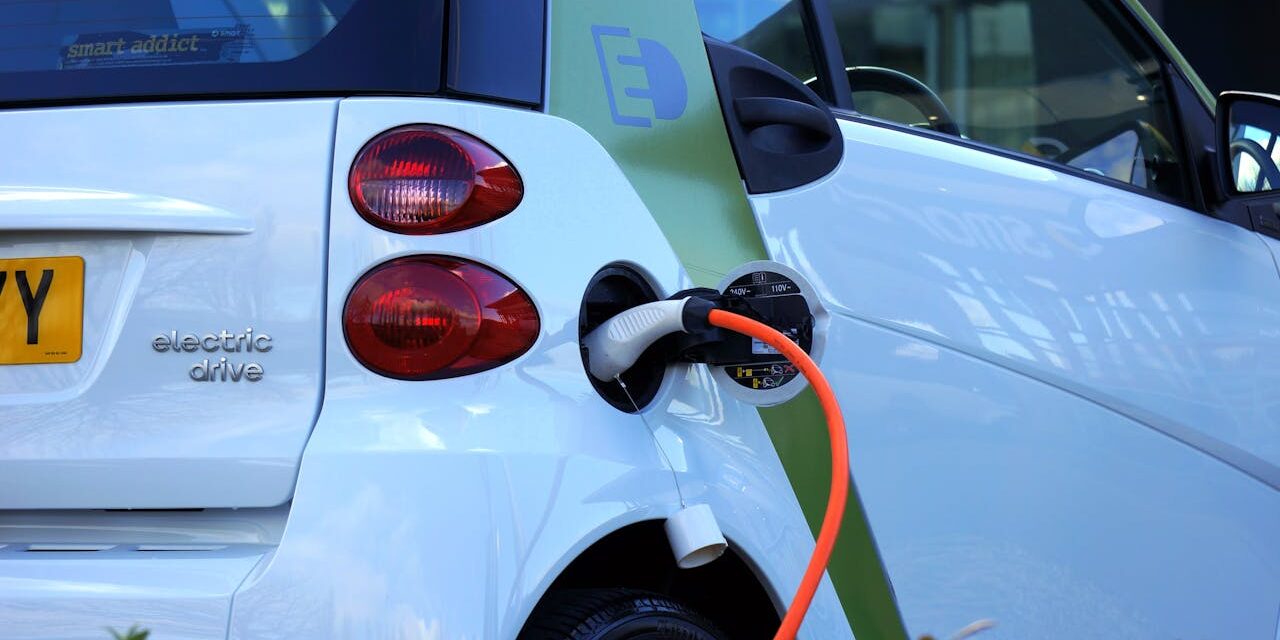Table of Contents
Abstract
Battery powered vehicles, compared to gas powered, may be considered better for the environment while they are in use, but this paper will discuss the effects of the making and disposal of electric car batteries have on the environment. This paper will focus on the Nickel Metal Hydride battery used in the Toyota Prius. The nickel is mined in Sudbury, Ontario, Canada, one of the world’s worst locations for acid rain and environmental devastation. Nickel must be harvested, smelted, refined, and processed all in an effort to create batteries for the growing demand of electric and/or hybrid vehicles. Not only does the production of the nickel in these batteries have an effect on the environment, but nickel is a known carcinogen and before being assembled in the battery cells it is shipped around the world. The disposal process that Toyota has in mind is also costly and environmentally unfriendly.
Nickel Metal Hydride (NiMH) batteries came into commercial use in the late 1980’s (Siuru, 1989). Toyota, however, did not show the public the batteries great use until 2004 when they released their second generation Prius. The batteries themselves are made mainly by the company Panasonic and are made up of many different elements. Nickel powder, nickel hydroxide, Cobalt, Potassium hydroxide, Sodium hydroxide, Lithium hydroxide, Iron, and Aluminum Manganese are the main elements along with rare earth metals which are Cerium, Lanthanum, Neodymium, and Praseodymium (SANYO, 2003).
Nickel and Cobalt are known carcinogens but should be considered non-harmful because they and all the other elements are housed in what is called a cell. The total 275 volt battery pack contains thirty-eight of these cells. Each cell is self contained. Chris Bradford, a mechanic for Toyota for 18 years and Professor at American River College, stated, “If one of these cells were to be broken a gel would ooze out. They are not like acid-base batteries that would leak a liquid type substance.” When asked how hard these cells would be to break he replied, “Extremely hard!” These cells are hard to break due to the fact that they are encased in a steel structure then are placed under the passenger seat with a second reinforced steel case around everything (C. Bradford, personal communication, October 1,2008).
The Nickel mined and harvested for use in Nickel Metal Hydride batteries comes mainly from the Nickel deposits in Sudbury, Ontario, Canada. The smoke-stack used in the process of refining Nickel in this area is considered the second largest in the world and can easily be seen from satellite space imagery.
Though Nickel Metal Hydride batteries are considered to have less environmental impact than NiCd (Nickel Cadmium) batteries, the process of Nickel smelting, refining, and the production of the nickel-based liquid contained within Nickel Metal Hydride batteries has shown to cause extreme effects on the environment in Nickel mining areas. Sudbury, Ontario, Canada, where a majority of the world’s nickel production is mined is one of the world’s worst locations in terms of acid rain and environmental devastation. Flash smelting involves the use of pure oxygen and sulfide ore. These items are placed into a furnace where the Iron and Sulfur oxidize. Once this process has been accomplished, the remaining slab is then processed further to separate the Nickel from unusable matter. Sulfur Dioxide is a major pollutant created from the smelting of Nickel (World Bank, 1998).
After mining and smelting in the Ontario region, most Nickel is shipped to Europe for refinement. Many processes are used for this procedure. Some include washing the Nickel in a Sulfuric Acid solution, roasting, and electrical anode treatments (World Bank, 1998). Once smelted and refined, Nickel is then shipped to China for pre-production and then to the Toyota headquarters in Japan for assembly.
The Reduction/Oxidation (Redox) process of the battery is not known completely at this time because the batteries are still fairly new. Because these batteries are self contained, they release virtually no gasses while in use. However, at extremely high temperatures (212°F) it is possible for them to leak some nickel gases. The batteries “full” charge is at 95%, and its “dead” charge is 45% making this battery last longer. Keeping the charge between this range helps the battery maintain a steady charge its entire life of about 150,000 miles (C. Bradford, personal communication, Oct. 1, 2008).
Nickel Metal Hydride batteries last roughly 150,000 miles and must be replaced in order to reap the best benefits in a hybrid car. The Toyota industry has begun production of a recycling program for their Prius batteries, but it has been reported by Chris Bradford that these initiatives haven’t necessarily been put into practice quite yet. Another aspect of recycling Nickel Metal Hydride batteries is the anatomy of the battery. Since the Nickel is appropriately dissolved amongst the battery solution, methods of abstracting the nickel metal would be costly and environmentally unfriendly.
References
Bradford, Chris. (2008). personal communication, Oct. 1, 2008
Lampton, C. (2008). How electric car batteries work. Retrieved September 23, 2008, from http://auto.howstuffworks.com/electric-car-battery.htm
Mihalic, M., Pesaran, A. A., & Zolot, M. (January 2002). Thermal evaluation of toyota prius battery pack [Data file] Retrieved November 17, 2008, from www.nrel.gov/vehiclesandfuels/energystorage/pdfs/2a_2002_01_1962.pdf
SANYO Energy. (2003, June 23). SANYO batteries material safety data sheet [Data file] Retrieved from www.raesystems.com/~raedocs/Domcumentaion/MSDS/MSDS_NiMH-Sanyo.pdf-
Siuru, Bill (1989). R&D in the fast lane. Mechanical engineering, 111(10), 62. Retrieved September 23, 2008, from Research Library database. (Document ID: 596834).
World Bank Group (1998, July). Pollution prevention and abatement handbook. Nickel smelting and refining. [Data file] Retrieved November 17, 2008, from http://www.ifc.org/ifcext/sustainability.nsf/AttachmentsByTitle/gui_nickel_WB/$FILE/nickel_PPAH.pdf





